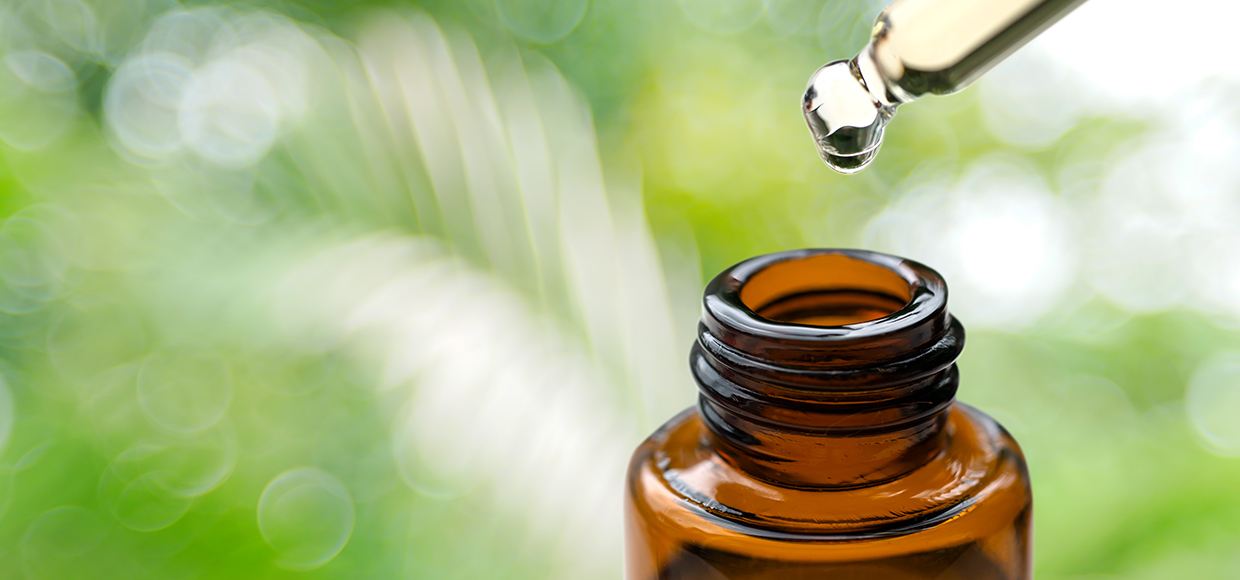Eczema affects one in five people, and its exact cause remains unknown. But as Angela Tufvesson finds, it usually improves with age, and in the meantime there’s plenty you can do to alleviate the symptoms.

Kazia Guy remembers watching her brother scratch his eczema-riddled skin with a knife when they were children. Yet she didn’t suffer from eczema and neither did her first child, so she was surprised when her second child, five-year-old Deandre, was diagnosed with eczema.
“Deandre was born with very dry skin and I had to oil it a lot,” she says. When Deandre was a few months old his skin worsened and the condition was diagnosed as eczema, which Kazia says became almost unbearable over the next few years. Deandre also struggled with asthma and food allergies.
Unfortunately, Deandre isn’t alone, as New Zealand has one of the highest prevalence rates of eczema in the world. The troublesome skin condition, also known as atopic dermatitis, usually develops in childhood and affects 20 percent of New Zealanders before the age of five. More than half of all eczema suffers display symptoms in the first 12 months of life.
A family trait
Eczema is caused by inflammation of the skin and the skin’s inability to retain adequate moisture. The result is red, scaly and very itchy skin. Sometimes tiny blisters form and the affected areas can weep, which is a sign the skin has become infected. Eczema is not contagious but there is no cure.
The exact cause of eczema is unknown but most experts believe the condition has a genetic base and is linked to other atopic, or sensitivity, disorders including hayfever and asthma. “What we’ve found recently is quite a number of people who have eczema have an abnormality of how the skin is made, and this is inherited,” says paediatric dermatologist Diana Purvis of Auckland Dermatology.
“There are a whole lot of different proteins involved with skin barrier function, and one of the proteins that has been identified recently, filaggrin,
is low in many people who have eczema. If you have low levels of filaggrin in the outer layer of your skin, the cells aren’t structured as strongly and the normal amount of waterproofing of the skin isn’t there.”
But even when there is no family history of eczema, a child still has a five to 15 percent chance of developing it. Scientists continue to probe the causes, with research suggesting antibiotics, coeliac disease and increased consumption of fast food may be linked to higher rates of eczema.
The role of diet
Once the skin barrier is disrupted, moisture leaves the skin and it becomes dry and scaly. Triggers such as wool, heat, soap, perfumes, synthetic fabrics, sweating and stress, along with allergens such as dust mites, pollen and mould can all cause eczema to flare. Kazia says Deandre is susceptible to a heap of environmental triggers, including pine, pollen, grass, stress, antibiotics and even playing in the sand pit.
In most cases, diet doesn’t cause eczema flare-ups, but children with eczema are more likely to develop food allergies – which in Deandre’s case include soy, dairy and peanut. “People are often quick to say it’s a food allergy that’s causing the eczema to flare up but when we look at the research, there’s very little that supports that taking foods out makes a difference to the severity of eczema,” says Purvis. “In children it’s more useful to think of eczema as a predisposing factor for developing anaphylactic food allergies. Children who have eczema have a higher rate of those than the general population.”

Effective treatment
Lots of parents are concerned about the safety of steroid creams, fearing that they are unnatural or cause ‘skin thinning’, but research shows steroid creams occur naturally in the body and are a safe option for children and adults. What’s more, new Australian research shows corticosteroid creams produce excellent results.
“Steroid creams are the most effective treatment for inflamed skin,” says Penny Jorgensen, allergy advisor for Allergy New Zealand. “They are safe to use, even on scratched eczema skin, and studies in children
show that side effects do not occur with regular use for months. If the inflammation of eczema is treated effectively this restores the natural barrier function of the skin and allows the skin to heal.”
Even though eczema can’t be cured, the condition affects only two to three per cent of adults, so most children will grow out of it. Kazia says after a long search for solutions Deandre’s eczema has improved significantly over the past couple of years. “He still has scarring but it is no way near as bad as it used to be,” she says. “Never give up because it does actually get better, even if it takes a while.”
Purvis says that actively treating eczema throughout childhood to break the ‘itch, scratch, infection’ cycle can help to reduce the chance of the condition persisting into adulthood. Reducing exposure to triggers, choosing mild soaps and laundry detergents and wearing loose, cotton clothing can help to control and prevent symptoms.
And never underestimate the value of a good moisturiser. “The main action to take is to moisturise, moisturise, and moisturise,” says Jorgensen. “A suitable moisturiser should be applied to the skin all over the body at least twice a day, and don’t be afraid to use a lot!”






